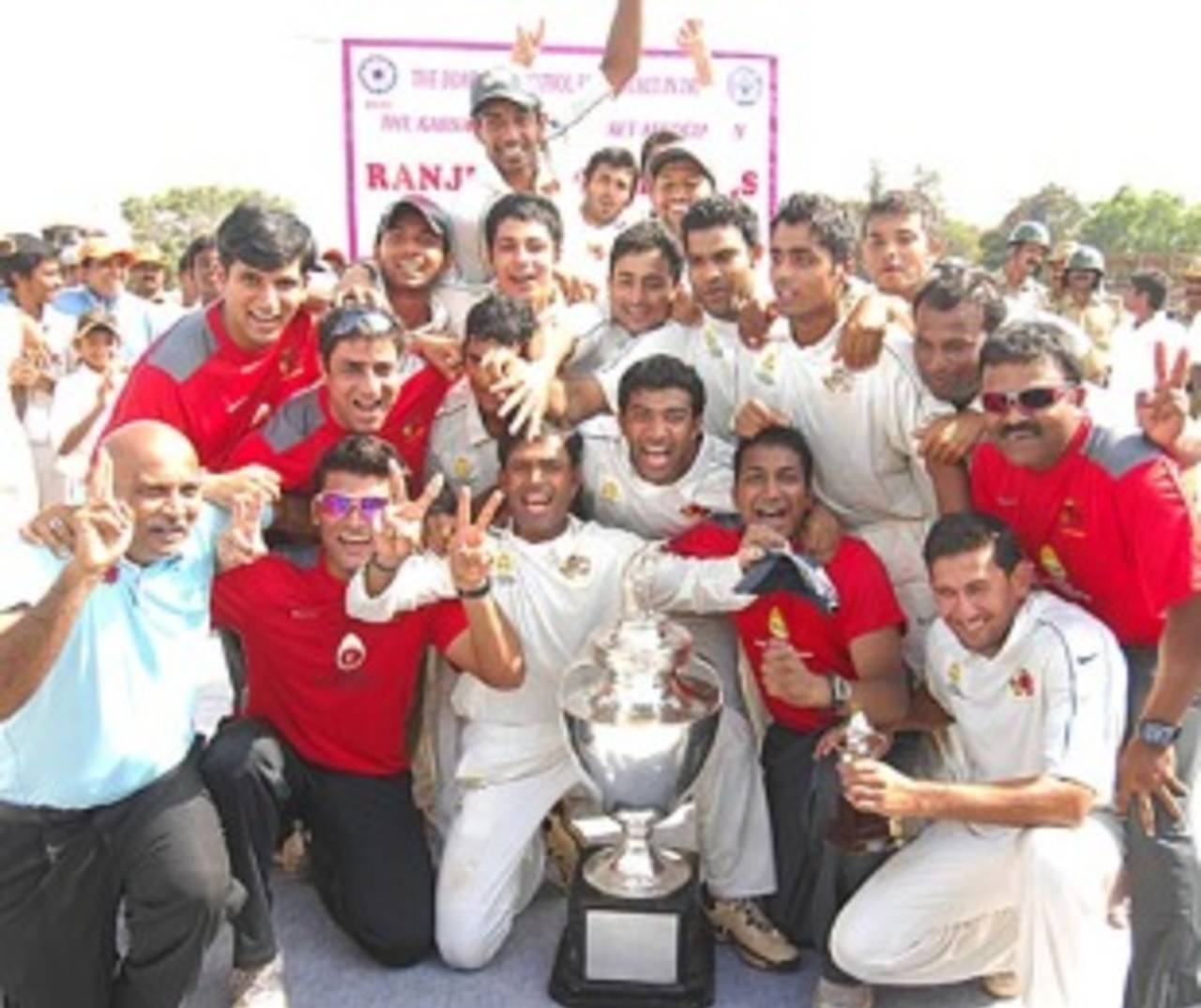Nothing gives me more pleasure than penning down my thoughts on the great Indian domestic season. The story isn't much different from that of small-town India: vying for recognition and hoping to make a mark nationally. With aspirations, come trials, fascinating and enduring. This blog is indeed an effort to bring those many untold yet intriguing stories about first-class cricket to the forefront, and hence give you readers an opportunity to get to know Indian cricket closely.
A good parameter to determine how serious state cricket associations are about a lacklustre, bland, and apparently irrelevant domestic match is simply the intent and the initiative that has gone into organising it. Sample this for instance: in the North Zone, all matches are still played during the day, on a venue with two grounds, accommodating two matches simultaneously. The facilities, whatever little, are of course divided between four teams, with two of them being forced to sit in makeshift dressing rooms made in the form of tents. And if that doesn't speak enough about the abysmal affairs, all four teams and the staff share only two toilets. Of course, the managers of the show would have wanted to cut down 'undue' work and hassle and so have continued to plan such games year after year. What is put on stake though is - a first-class player's honour, the quality of the show, and the state cricket association's reputation. Clearly then, neither the game nor the player is the real stakeholder in domestic tournaments.
To my utter disbelief and pleasure, the set-up in the Central Zone is very different to the one in the North. Firstly, and more importantly, the matches here are played at an international venue, which in turn means state-of-the-art facilities for all players. Instead of going for the easier option of having two grounds and only day matches, they've opted to have only one ground and even have a match under lights. And since just switching on the floodlights turns a cricket match into a spectacle, the stadia too saw a modest turnout. Enthusiastic fans turned up, maybe not in huge numbers, but they did turn up to catch a glimpse of the stars and cheer for their favourite teams.
That apart, there still are potent issues lurking in the backdrop - for instance, the timing of the ongoing domestic Twenty20 tournament [the Syed Mushtaq Ali Trophy Twenty20 tournament], being held only a week before the all important first-class season. Right now the players are practicing their throw-caution-to-the-wind skills with the white ball but are expected to switch gears in just about five days for the longer format. Most teams though, have identified the Ranji Trophy as their preferred tournament and the one that they have set their eye on, and are hence preparing accordingly. A catch-22 of sorts - players have to up the ante in Twenty20, to make sure they catch the eye of the IPL scouts, and also, get back in the groove, well in time for the longer format. It may mean playing a slightly different brand of cricket in the first round of Ranji Trophy, but then, so be it.
And then, can anyone explain why the knockouts of the Twenty20 tournament have been planned a good five months later in March? Having the league phase in October and knockouts after such a long gap makes little sense. It not only takes away the continuity but also the charm of the tournament. It's like watching a thriller and then asking the audience to wait five months for the climax. And from the organizer's perspective, it's nothing short of shooting yourself in the foot. Also, what about the Twenty20 specialists, who after this tournament, may not find a place in the Ranji mix, and would be left in the lurch for four months?
Wouldn't it be better to find a two-week window either at the end of the season or at the beginning and finish this tournament in one stretch? By having it in two halves, separated by four months, is as good as devaluing its importance and robbing it off the thrill, the format is known for.
